Local anesthetics
Local anesthetics are drugs that can inhibit the generation and conduction of nerve impulses in local medications. The chemical structure of these drugs and local anesthetic effects are closely related. The chemical structure must have three components:
①aromatic ring;
② the middle part, some are ester type (such as procaine), and some are amide type (such as lidocaine);
③ amine part, most are tertiary amine, a few are amine.
The effects of local anesthetic on the nerve fiber tracts are first to inhibit the impulse conduction of sensory nerve, and then to inhibit the motor nerve, and its role is reversible.It causes a loss of sensation first to affect pain, followed by temperature sensation, and finally for the sense of touch and pressure.The effect of local anesthetic arises by drugs preventing sodium ion influx, making the nerve cell membrane cannot produce depolarization, blocking the generation of action potential and the conduction of nerve impulse. Local anesthetics act as a dissociative type on the inner side of the membrane. Since they are organic bases, they are high in the alkaline environment, and have a strong ability to pass through the cell membrane to the inside of the membrane. On the other hand, in an acidic environment ( e.g. in inflammatory conditions), their ability to pass through the membrane is poorer and the potency of local anesthesia diminishes. Local anesthetic effect mechanism is inconclusive. At present, it is believed that it may compete with calcium ions for phospholipids in the nerve cell membrane to form a more solid local complex which contains anesthetics and phospholipids, and prevent phospholipids from carrying sodium ions, thus hamper sodium ion influx.
The absorbed local anesthetic will produce excitatory effects and inhibition of the cardiovascular system on the central nervous system. The former showed convulsions, and then lead to bulbar paralysis, respiratory failure; the latter showed myocardial inhibition and vasodilation, severe cases of cardiovascular collapse and death. Therefore, when applying local anesthetics, we should prevent or reduce drug absorption into the blood.
- Structure:
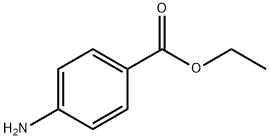
- Chemical Name:Benzocaine
- CAS:94-09-7
- MF:C9H11NO2
- Structure:

- Chemical Name:Benzocaine hydrochloride
- CAS:23239-88-5
- MF:C9H11NO2.ClH
- Structure:

- Chemical Name:Tetracaine hydrochloride
- CAS:136-47-0
- MF:C15H25ClN2O2
- Structure:
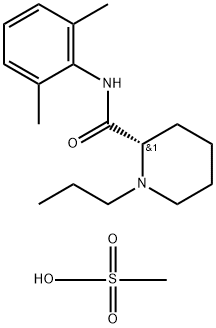
- Chemical Name:Ropivacaine mesylate
- CAS:854056-07-8
- MF:C18H30N2O4S
- Structure:
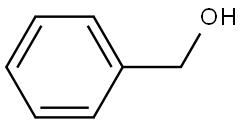
- Chemical Name:Benzyl alcohol
- CAS:100-51-6
- MF:C7H8O
- Structure:
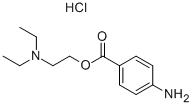
- Chemical Name:Procaine hydrochloride
- CAS:51-05-8
- MF:C13H21ClN2O2
- Structure:
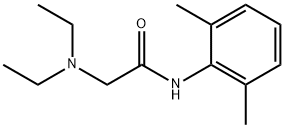
- Chemical Name:Lidocaine
- CAS:137-58-6
- MF:C14H22N2O
- Structure:

- Chemical Name:Ropivacaine hydrochloride
- CAS:132112-35-7
- MF:C17H26N2O.ClH.H2O
- Structure:
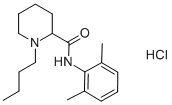
- Chemical Name:Bupivacaine hydrochloride
- CAS:14252-80-3
- MF:C18H28N2O.ClH
- Structure:
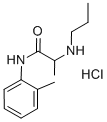
- Chemical Name:Propitocaine hydrochloride
- CAS:1786-81-8
- MF:C13H21ClN2O
- Structure:
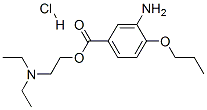
- Chemical Name:Proparacaine hydrochloride
- CAS:5875-06-9
- MF:C16H27ClN2O3
- Structure:

- Chemical Name:Dyclonine hydrochloride
- CAS:536-43-6
- MF:C18H28ClNO2
- Structure:

- Chemical Name:Lidocaine hydrochloride
- CAS:73-78-9
- MF:C14H23ClN2O
- Structure:

- Chemical Name:Tetracaine
- CAS:94-24-6
- MF:C15H24N2O2
- Structure:
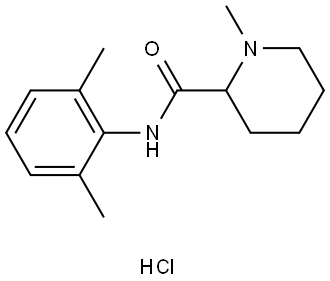
- Chemical Name:Mepivacaine hydrochloride
- CAS:1722-62-9
- MF:C15H22N2O.ClH
- Structure:
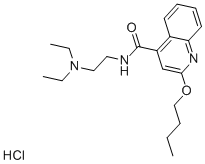
- Chemical Name:Dibucaine hydrochloride
- CAS:61-12-1
- MF:C20H30ClN3O2
- Structure:
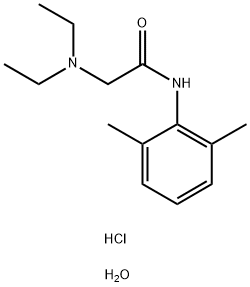
- Chemical Name:Linocaine hydrochloride
- CAS:6108-05-0
- MF:C14H25ClN2O2
- Structure:
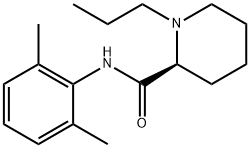
- Chemical Name:Ropivacaine
- CAS:84057-95-4
- MF:C17H26N2O
- Structure:
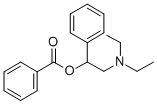
- Chemical Name:Elucaine
- CAS:25314-87-8
- MF:C19H23NO2
- Structure:
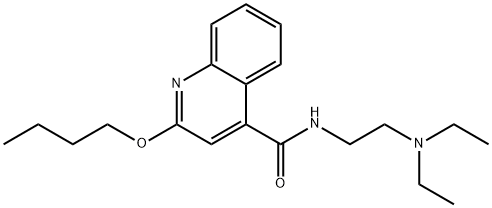
- Chemical Name:Cinchocaine
- CAS:85-79-0
- MF:C20H29N3O2
- Structure:
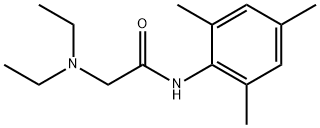
- Chemical Name:Trimecaine
- CAS:616-68-2
- MF:C15H24N2O
- Structure:

- Chemical Name:Pribecaine
- CAS:55837-22-4
- MF:C16H23NO3
- Structure:
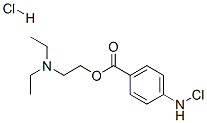
- Chemical Name:Chloroprocaine hydrochloride
- CAS:3858-89-7
- MF:C13H20Cl2N2O2
- Structure:

- Chemical Name:PROPARACAINE
- CAS:298-50-0
- MF:C16H26N2O3
- Structure:
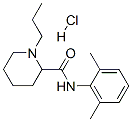
- Chemical Name:Ropivacaine hydrochloride
- CAS:98717-15-8
- MF:C17H27ClN2O
- Structure:

- Chemical Name:Oxybuprocaine
- CAS:99-43-4
- MF:C17H28N2O3
- Structure:
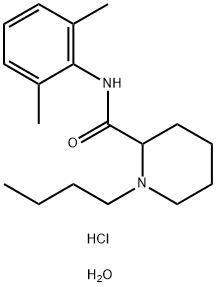
- Chemical Name:Bupivacaine Hydrochloride
- CAS:73360-54-0
- MF:C18H31ClN2O2
- Structure:
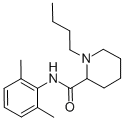
- Chemical Name:Bupivacaine
- CAS:2180-92-9
- MF:C18H28N2O
- Structure:

- Chemical Name:DYCLONINE
- CAS:586-60-7
- MF:C18H27NO2
- Structure:
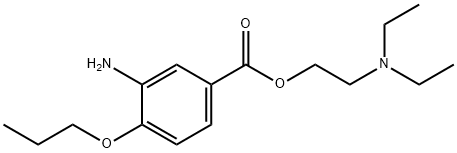
- Chemical Name:proxymetacaine
- CAS:499-67-2
- MF:C16H26N2O3
- Chemical Name:axybuprocaine hydrochloride
- CAS:
- MF:
- Structure:

- Chemical Name:CHLOROETHANE
- CAS:75-00-3
- MF:C2H5Cl
- Structure:
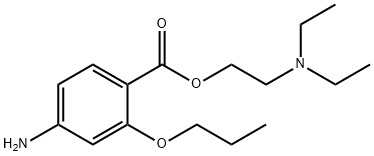
- Chemical Name:propoxycaine
- CAS:86-43-1
- MF:C16H26N2O3
- Structure:
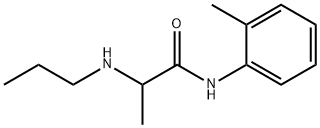
- Chemical Name:Prilocaine
- CAS:721-50-6
- MF:C13H20N2O
- Structure:

- Chemical Name:Mepivacaine
- CAS:22801-44-1
- MF:C15H22N2O
- Structure:
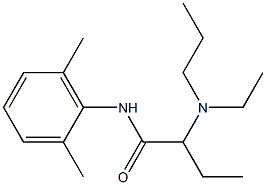
- Chemical Name:Etidocaine
- CAS:36637-18-0
- MF:C17H28N2O
- Structure:
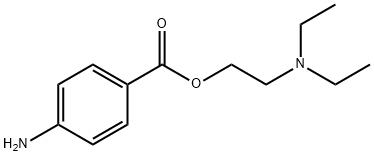
- Chemical Name:Procaine
- CAS:59-46-1
- MF:C13H20N2O2